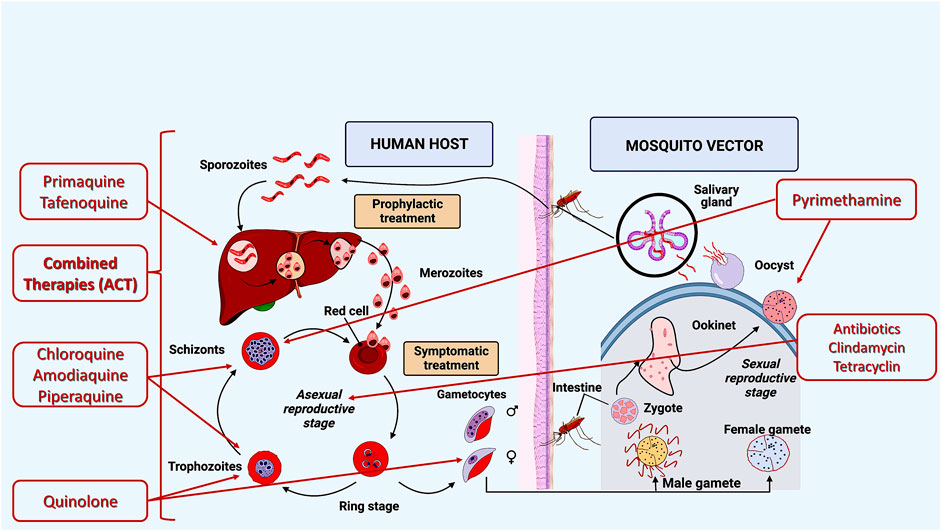Enhanced Targeted Drug Delivery
Nanoparticle formulations have demonstrated significant improvements in the targeted delivery of antimalarial drugs. By encapsulating therapeutic agents within nanoparticles, these formulations enhance drug stability, reduce side effects, and improve the efficiency of drug delivery to infected cells. Various types of nanoparticles, including polymeric, metallic, and natural carriers, have been investigated for their potential to optimize antimalarial therapy.
Types of Nanoparticles in Malaria Treatment
Polymeric Nanoparticles: Materials like chitosan, hydroxyl propyl methyl cellulose, and polyvinyl pyrrolidone are used to create polymeric nanoparticles. These materials offer biocompatibility and controlled drug release, enhancing the effectiveness of antimalarial drugs such as hydroxychloroquine and artemisinin.
Metallic Nanoparticles: Gold and silver nanoparticles have shown promise in improving drug delivery and efficacy. Plant-based silver nanoparticles, in particular, have been synthesized to enhance the activity of antimalarial metabolites, presenting a green approach to drug development.
Natural Nanoparticles: Utilizing natural substances for nanoparticle formulation can reduce toxicity and environmental impact. These nanoparticles often leverage the natural properties of the materials to improve drug delivery and efficacy.
Advancements in Nanotherapeutics
Research over the past decade has focused on the development of nanotechnology-based antimalarial drug delivery platforms. These platforms are designed to overcome the limitations of conventional therapies, such as drug resistance and poor bioavailability. Nanoparticles enable precise targeting of infected cells, reducing the required dosage and minimizing side effects. Studies have shown that lipid- and polymer-based nanoparticles are particularly effective in improving drug selectivity and reducing toxicity.
Green Nanoparticles: A Promising Approach
The synthesis of green nanoparticles using plant extracts has emerged as a promising strategy for malaria treatment. This approach not only provides a sustainable method for nanoparticle production but also enhances the efficacy of antimalarial drugs. For example, silver nanoparticles synthesized from plant extracts have been shown to increase the potency of antimalarial compounds, paving the way for new therapeutic formulations.
Nanosensors for Early Detection
In addition to drug delivery, nanotechnology is also being explored for the early detection of malaria. Nanosensors offer a highly sensitive diagnostic tool that can detect malaria parasites at an early stage, enabling prompt and accurate treatment. This technology has the potential to revolutionize malaria diagnostics, making early detection more accessible and reliable.
Challenges and Future Directions
Despite the promising advancements in nanotechnology for malaria treatment, several challenges remain. Developing cost-effective and scalable nanoparticle formulations is crucial for widespread adoption. Additionally, ensuring the safety and biocompatibility of these nanoparticles is essential to prevent adverse effects. Ongoing research is focused on addressing these challenges, with the goal of developing effective and accessible nanotechnology-based therapies for malaria eradication.
Nanotechnology represents a groundbreaking approach to malaria treatment, offering enhanced targeted drug delivery, improved efficacy, and innovative diagnostic tools. As research continues to advance, nanoparticle formulations hold the potential to transform the landscape of antimalarial therapy, bringing us closer to the goal of malaria eradication. With continued investment and collaboration, the promise of nanotechnology in combating malaria could soon become a reality, providing hope for millions affected by this devastating disease.



